Aistear Principles
What is Aistear?
Aistear (Irish: 'journey') is the Early Childhood Curriculum Framework.
Aistear is built upon 12 Principles, which are presented in 3 groups.
The first group concerns children and their lives in early childhood: |
|
The child's uniqueness |
Each child has his/her own set of experiences and a unique life-story. He/she is an active learner growing up as a member of a family and community with particular traditions and ways of life. |
Equality and diversity |
Nurturing equality and diversity is important in early childhood. Promoting equality is about creating a fairer society in which everyone can participate equally with the opportunity to fulfil his/her potential. Diversity is about welcoming and valuing individual and group differences, and understanding and celebrating difference as part of life. |
Children as citizens |
Children are citizens with rights and responsibilities. They have opinions that are worth listening to, and have the right to be involved in making decisions about matters which affect them. In this way, they have a right to experience democracy. From this experience they learn that, as well as having rights, they also have a responsibility to respect and help others, and to care for their environment. |
The second group concerns children’s connections with others: |
|
Relationships |
Children have a fundamental need to be with other people. They learn and develop through loving and nurturing relationships with adults and other children, and the quality of these interactions impacts on their learning and development. |
Parents, family and community |
Parents are the most important people in children’s lives. The care and education that children receive from their parents and family, especially during their early months and years, greatly influence their overall development. Extended family and community also have important roles to play. |
The adult's role |
Early learning takes place through a reciprocal relationship between the adult and the child – sometimes the adult leads the learning and sometimes the child leads. The adult enhances learning through a respectful understanding of the child’s uniqueness. He/she alters the type and amount of support as the child grows in confidence and competence, and achieves new things. |
The third group concerns how children learn and develop: |
|
Holistic learning and development |
Children learn many different things at the same time. What they learn is connected to where, how and with whom they learn. |
Active learning |
Active learning involves children learning by doing things. They use their senses to explore and work with the objects and materials around them and they interact enthusiastically with the adults and other children that they meet. Through these experiences, children develop the dispositions, skills, knowledge, and understanding, attitudes, and values that will help them to grow as confident and competent learners. |
Play and hands-on experiences |
Much of children’s early learning and development takes place through play and hands-on experiences. Through these, children explore social, physical and imaginary worlds. These experiences help them to manage their feelings, develop as thinkers and language users, develop socially, be creative and imaginative, and lay the foundations for becoming effective communicators and learners. |
Relevant and meaningful experiences |
Relevant and meaningful experiences make learning more enjoyable and positive for children. On-going assessment of what children do, say and make, and reflection on these experiences helps practitioners to plan more developmentally appropriate and meaningful learning experiences for children. This also enables them to improve their practice. Assessment is about building a picture of children’s individual strengths, interests, abilities, and needs and using this to support and plan for their future learning and development. |
Communication and language |
The ability to communicate is at the very heart of early learning and development. Communication helps children learn to think about and make sense of their world. They communicate from birth using many different ways of giving and receiving information. Each of these ways is important in its own right. Learning to communicate in early childhood is shaped by two main factors: children’s own ability and their environment. |
The learning environment |
The learning environment (inside and outside) influences what and how children learn. An inviting environment encourages and helps children to explore and to take advantage of opportunities for fun, choice, freedom, adventure, and challenge. |
